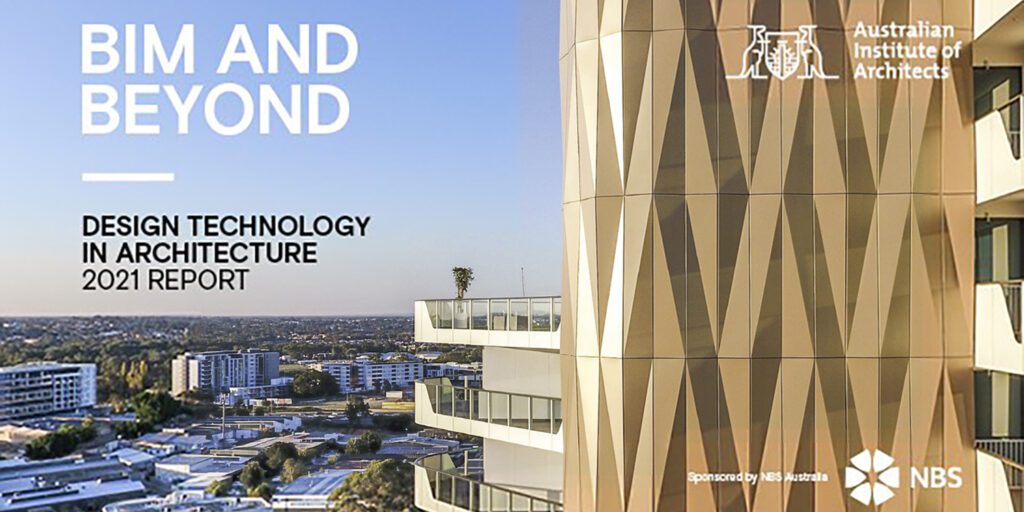Robotic Fabrication with the COMPAS Framework online workshop
December13-15, 2021, 10 AM-5 PM CET
Architecture and digital fabrication in the age of robotics require juggling a toolchain spanning very different skills, ranging from the creative aspects of design to the engineering needs of software and hardware development. At
ETH Zurich, the
NCCR Digital Fabrication lab develops an open-source Python framework, the
COMPAS framework, that aims to streamline these workflows, lower the barrier of entry to robotics and enable architects and designers to access state-of-the-art robotics tooling from within the parametric design environment.
In this 3-day workshop,
Gonzalo Casas (software engineer),
Romana Rust (senior researcher) and
Beverly Lytle (software engineer), of the Chair of Architecture and Digital Fabrication at ETH Zurich and members of the COMPAS core development team, will introduce participants to the COMPAS framework, provide an overview of robotics fundamentals and focus on the design and planning of robotic fabrication processes.
By the end of this workshop, participants will be able to:
- Analyze and explain the kinematic structure of a robot model (Links, Joints, Joint Types, URDF description format).
- Describe and discuss building blocks of robotics (forward and inverse kinematics, cartesian and kinematic planning, planning scene).
- Apply building blocks of robotics to plan stereotypical assembly processes (e.g., bricklaying) in a simulation context.
- Design new robotic processes (e.g., spatially assembled linear elements) for digital fabrication based on the building blocks applied in the physical world.
COMPAS FAB is the robotic fabrication package for the COMPAS framework that facilitates the planning and execution of robotic fabrication processes. It provides interfaces to the software libraries and tools available in robotics and makes them accessible from within the parametric design environment.
- Introduction to digital fabrication.
- Overview of COMPAS framework.
- Fundamental concepts of robotics: components of an industrial robot, robot workspace, control modes, robot positioning (cartesian and joint space) and singularities, robot coordinate frames and transformations.
- Description of robot models, the URDF format, visualizing robot models, interop with external model sources. Grasshopper integration. Exercise: build your own robot model.
- Forward Kinematics (in-process and out-process) and Inverse Kinematics (overview of analytic and numerical solvers).
Day 2- Overview of supported robotic backends.
- ROS: Robot Operating System and the MoveIt! Motion planning framework. ROS communication model: topics, services and actions.
- Path planning: Cartesian and kinematic path planning from Rhino and Grasshopper using MoveIt backend. Defining goal constraints.
- Planning scene manipulation. Dynamic end-effector attachment and detachment.
- Describing assembly processes in code. Basic structure of a pick and place process. Approach frames. Overview of advanced assembly structures: graphs/partial orders/networks.
- Fabrication-aware design: the impact of sequencing in spatial assembly processes.
- Exercise: path planning of a simple assembly structure.
Day 3- ABB robot control with RRC.
- Comparison of robot control modes: offline, online real-time, online non-real-time control.
- RRC control primitives: blocking, non-blocking, and deferred blocking.
- Overview of RRC instruction set: motion, IO control, custom instructions.
- Remote control exercise with one of the robots of the Robotic Fabrication Lab at ETH Zurich.
Gonzalo Casas is a software engineer at the Chair of Architecture and Digital Fabrication at ETH Zurich. He joined the NCCR Digital Fabrication in 2017 and is a member of the COMPAS core development team.
Romana Rust is a computational architect and a senior researcher at the Chair of Architecture and Digital Fabrication at ETH Zurich and within the Design++ initiative – Center for Augmented Computational Design in AEC. She is also Co-coordinator of the Immersive Design Lab and a member of the COMPAS core development team.
Beverly Lytle is a mathematician turned software engineer working on the COMPAS core development team at the Chair of Architecture and Digital Fabrication at ETH Zurich.
Course requirements
Participants are expected to be familiar with Rhino/Grasshopper and have at least a basic knowledge of python programming.
Online course fees: EUR 395,- (+VAT); full-time students and university teachers get a 50% discount (
proof of status required).
Please note, your seat is confirmed after payment has cleared.
Max. number of participants for the course: 25. If there is no quorum, the course will be canceled 15 days before.
Course language: English
Educational seats are limited. Sign up now by contacting McNeel Europe!
































